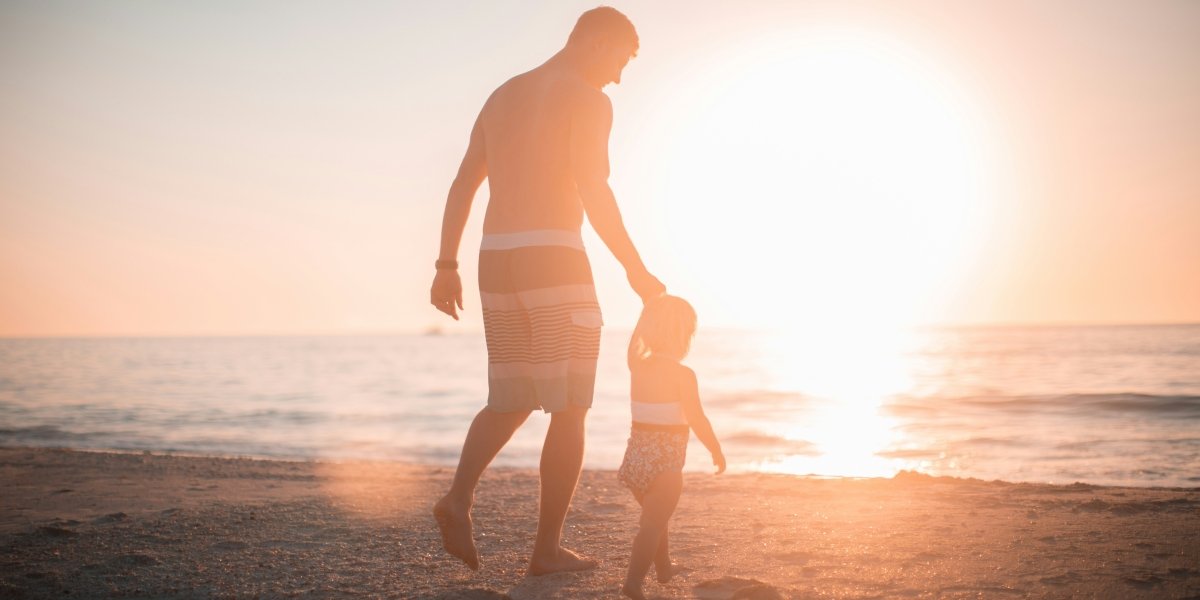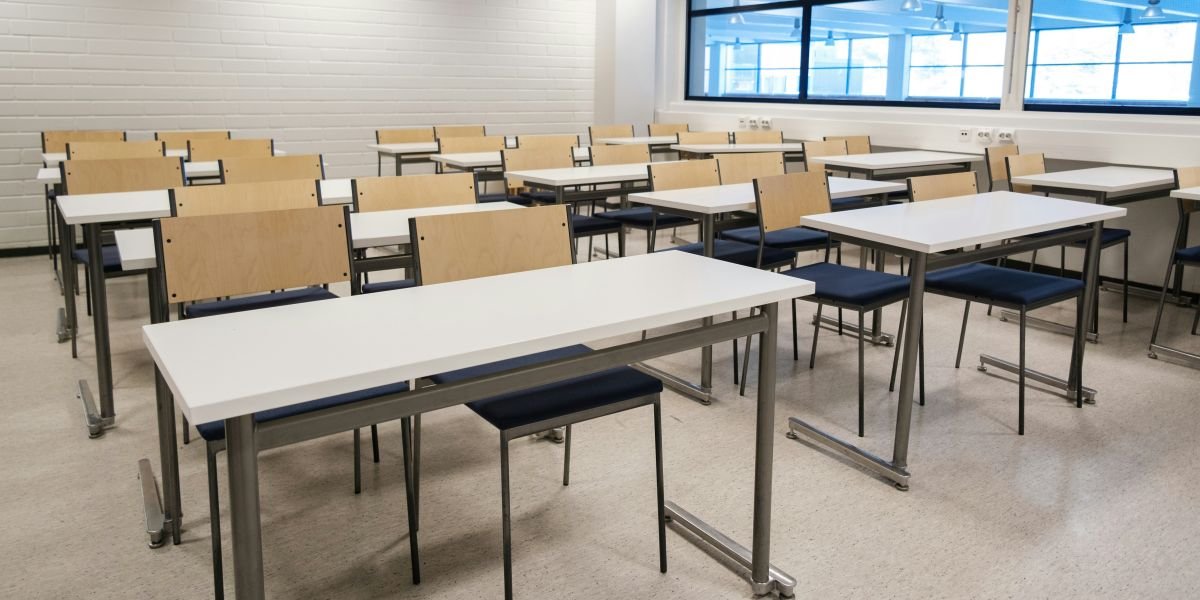Exploring remote areas brings a unique sense of freedom, but it also comes with communication challenges that can quickly become dangerous if not addressed appropriately. Whether you’re hiking through backcountry trails or navigating off-grid roads, being prepared with the right tools, habits, and knowledge is important.
Communication in such locations isn’t just about staying in touch—it’s a lifeline in critical moments. From knowing what devices work best to managing power supply and practicing safety protocols, every decision plays a role in helping ensure a safe return, as James “Jim” Feldkamp highlights.
Why Emergency Communication Matters in Remote Areas
When traveling in remote locations, staying connected can significantly influence the outcome of an emergency situation. Many regions lack reliable cell coverage, and weather or terrain can quickly turn a routine outing into an emergency with little warning.
Hikers may lose their bearings in dense forests or mountain trails, while off-road drivers could experience mechanical failure miles from the nearest road. In these situations, having a way to reach help is crucial. A solid communication plan helps travelers respond promptly and avoid making the situation worse due to delays or miscommunication. Wildlife encounters, flash floods, or sudden landslides are other situations where communication becomes an important survival tool.
Planning Ahead
Before setting out, researching the area’s communication limitations is essential. Coverage maps provided by mobile carriers can offer a rough idea of signal availability, though they aren’t always precise in rugged terrains. Knowing where the signal drops off or which areas are more isolated allows you to plan accordingly and reduce surprises.
Many travelers overlook the importance of sharing their plans. Leaving a detailed itinerary with a friend or family member ensures someone knows where you’ll be and when to expect contact. This simple step can speed up rescue efforts if things go wrong. Apps that work offline, such as topographic maps or emergency tools, are also useful when networks go down. Planning also includes checking weather patterns that could affect travel and communication reliability.
Devices for Remote Travel
Choosing the right device depends on your destination and the nature of your trip. Satellite phones offer voice communication even in the most isolated locations, but tend to be bulky and expensive. Personal locator beacons, on the other hand, are compact and can send a distress signal with your coordinates to emergency services. Although they don’t support two-way communication, their reliability makes them a favored choice for solo explorers.
Devices like satellite messengers strike a balance by allowing text messaging and location tracking. Many of them include features like an SOS button, weather updates, and the ability to check in with contacts. These tools are especially useful during multi-day treks where consistent updates can reassure those back home. Short-range radios may also be helpful in group travel where staying in touch between vehicles or campsites is necessary.
It’s worth considering budget and convenience. Some require subscriptions, while others are free to use after purchase. If the trip is short or one-time, renting equipment might be more practical than buying outright. Researching rental services in advance can save time and money.
Power Supply and Signal
Power can quickly become a limiting factor during remote trips. Devices are only useful if they stay charged, so bringing reliable power sources is essential. Solar chargers are particularly handy in areas with consistent sunlight and can keep phones or GPS units running over several days.
Battery life conservation becomes just as important as the power supply itself. Switching devices to airplane mode, dimming screens, and turning off non-essential apps can extend usage time considerably. In cold climates, storing electronics close to the body helps prevent batteries from draining faster than expected. Carrying spare power banks adds another layer of readiness, especially for longer travel durations.
Signal availability often fluctuates in remote terrain. Elevation, open sky, and distance from natural obstructions all impact reception. Climbing to higher ground or moving away from thick forest cover can help improve the chances of reaching a signal. Even just a few steps in the right direction can make a noticeable difference.
Using Devices in Emergency Situations
When something goes wrong, knowing how to operate your emergency device without hesitation is critical. In high-stress moments, it’s easy to forget steps or struggle with unfamiliar equipment. Practicing beforehand ensures you’re able to send distress signals quickly and clearly. Simulating emergency drills before departure can build confidence and alleviate concerns.
Providing accurate location details, describing injuries or dangers, and stating how many people are involved helps emergency teams respond more effectively. Some devices allow two-way messaging, which can keep you informed about arrival times or specific instructions to follow. The ability to confirm help is en route often reduces anxiety and supports better decision-making in the interim.
Practical Habits
Solo travel in remote areas carries higher risks, so moving in pairs or groups adds an extra layer of security. Regular check-ins using communication tools also give loved ones peace of mind and create a reliable trail of your movements. Even a quick message at key checkpoints can be invaluable in tracking your journey.
Gear should never be buried at the bottom of a pack or left behind at camp. Items like satellite devices, maps, and first-aid kits need to be accessible at all times. Even a short walk away from your base can turn dangerous without the right tools on hand. Having a small essentials pouch within reach at all times ensures a faster response to unexpected events.
Knowing how to reach local emergency services can make a significant difference. Some areas have unique protocols or contact numbers that differ from standard emergency lines. Familiarizing yourself with these details ahead of time speeds up the help you may need later.








